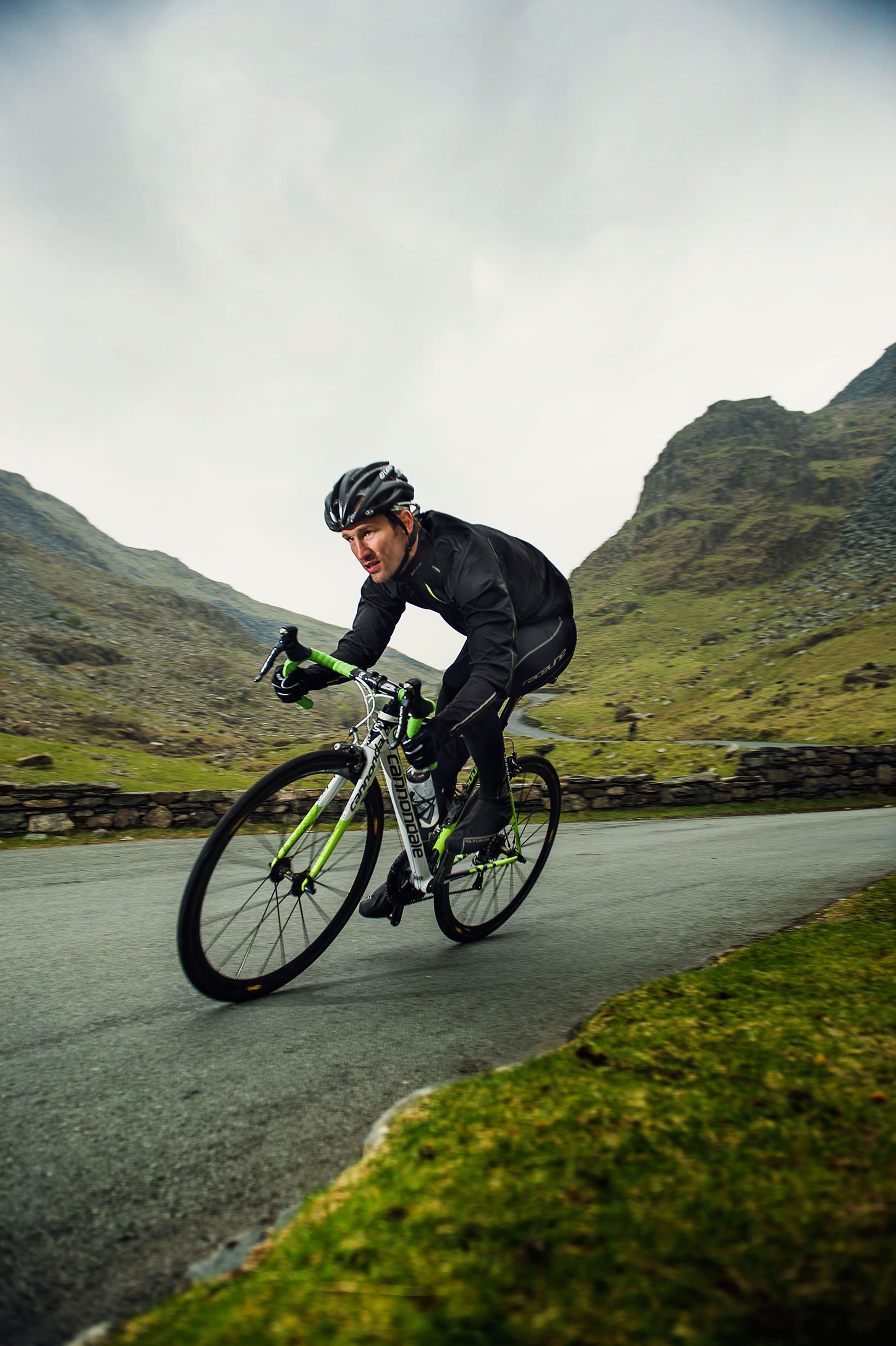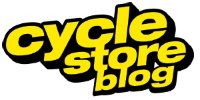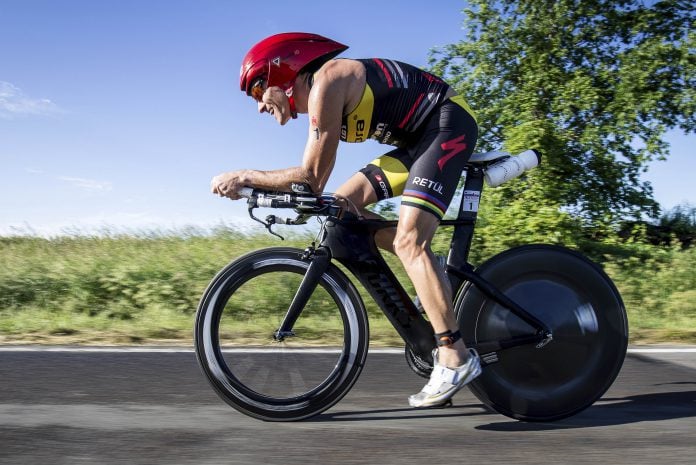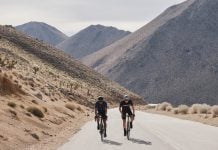With so much choice on the market choosing your first set of road cycling wheels can be quite a daunting experience. Clinchers, tubs, aero wheels, training wheels, climbing wheels, commuting wheels. So much choice and often so little time. With budget playing a huge part in any choice, we’ll explain the various options so you can begin to decide which you want.
Weight, strength and stiffness will all affect the way wheels perform. Handling, acceleration and climbing will all be affected by the choice of wheel. As will durability, life expectancy (of the wheel of course) and resistance to the elements.
Shop our road wheels.
If you’re a top end racer you’re probably going to want a carbon or aero wheelset that is saved for Sunday best, a purely statistic and performance driven choice with a price tag to match. Whereas a cheaper alternative such as an aluminium alloy with a shallow section may suit a leisure rider more. Adventure and endurance wheels will be different again whereas wheels that are durable yet easily replaced will suit the commuter much more.
Building the Wheel:
A basic road bike wheel comes with four main parts. The hubs, rims, spokes and nipples.

The wheel evolves around a central hub containing the axle and bearings. Connected to the rim through a series of spokes and the nipples, the number and pattern of the spokes will vary depending on the design and engineering of the wheel. As will the depth and material of the rim and quality of the hub.
Spokes and Bearings:
Spoke materials and aerodynamics have a massive impact on the choice and will in turn impact the cost. They can come in a variety of different forms from j-spokes & butted spokes to bladed spokes. Each has a different desired effect from price to performance.

The bearings inside the hub allow it to rotate on the axle. These come with either cup and cone bearings or cartridge bearing. Cartridge bearings are very quick to put in and don’t require maintenance so are becoming a much more common option. Cup & cone bearings are easy to service but have to be adjusted in a certain way to allow the right amount of friction.
Wheel bearings enable the hub to rotate on the wheel axle. Hubs either have cartridge bearings or cup and cone bearings. Cartridge bearings are now increasingly popular in hubs due to simple installation and require no maintenance. Cup and cone bearings are easy to service, but you must adjust very carefully to ensure adequate friction. For ultimate performance look out for ceramic bearings, these are the smoothest and roundest bearings available.
Types of Rim & Tyre:
Rims can be made to support either clinchers, tubeless or tubulars. Clincher is a more common build up that comes with an inner tube and tyre, whereas a tub is often taped or glued directly to rim of the tyre and comes without inner tubes. This allows for much greater handling and pressures in the tyre.

Tubs are often lighter although changing a puncture requires a whole new tyre which can be both time consuming and expensive. Due to the rim holding the clincher on, these can’t be ridden if a puncture occurs although tubs can be ridden flat without damage to the wheel. Despite a huge lack of handling.
Tubless rims are becoming more and more popular. Sometimes known as two way fit they tip the scales at slightly more than the pure clincher option. The rims have extra material to offer an airtight seal for the tubeless tyres which is what gives the extra weight. Overall they come in lighter as they don’t use inner tubes and punctures are less likely.
These are becoming increasingly popular, most major wheel brands have a tubeless wheel option in their portfolio of products. They may be referred to as 2 way fit / two way fit. These wheels are usually slightly heavier than a clincher only version, as there is extra material required on the rim to provide an airtight seal for the special tubeless tyres used. The upside is you don’t use inner tubes so lose some of the all important rotating mass. “Pinch” punctures are also less likely due to the construction.
Deep Section & ‘Normal’:

These rims can also come in different shapes & sizes, as well as different materials. ‘Box section’ rims are still quite common at the lower end of the spectrum, a more tradition build for leisure riding and commuting. But deep section rims are becoming increasingly common for added performance. These are often seen on high end road or time trial bikes, you may have seen our review of the Giant SLR 0 Aero wheelset recently. Similarly to disc & tri spoke wheels, handling is sacrificed for speed in deep section rims so often in road racing a mid-depth is used so the bike still handles with the same control. This can be seen in the Giant SLR 0 Wheels.
Wheels can also be engineered on an entirely performance basis. These wheels are often very expensive, hard to use and come in special forms. Wheels such as a tri-spoke, a disc wheel and other similar options don’t use traditional spokes and are often found at the top end of triathlon, time trial or track racing. Where comfort and handling are sacrificed for speed and efficiency.








